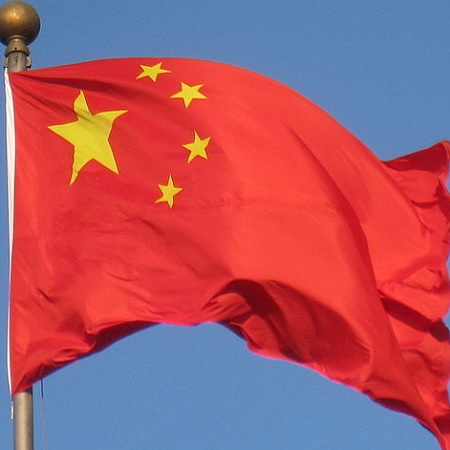Global Concern: Economy of China Slows to 7.3% in Q3-2014
Economic expansion of China slowed to a growth pace of 7.3 percent year-on-year (y/y) in the third quarter of 2014, the slowest pace in five years. Although China’s Q3-2014 GDP growth result was better than most analysts’ projections of 7.2 percent, Chinese policy makers will face difficulties to achieve its 7.5 percent annual growth target for full-year 2014. Being one of the most important trading partners of Indonesia, slowing economic growth of China has a major impact on the export performance of Indonesia.
China, the world’s second-largest economy, grew 7.5 percent y/y in the second quarter and 7.4 percent y/y in the first quarter of 2014.
The Chinese economy has been slowing due to a number of factors. Perhaps the most important obstacle has been the country’s bubbling real estate sector (which accounts for about 25 percent of the country’s GDP when related industries such as steel, appliances and construction are included). This sector now has to cope with excess oversupply, sluggish investments and declining home prices. Other factors that led to slowing economic growth in China include weak industrial production, ballooning corporate debt, weak domestic demand, corruption (for example the use of the same copper stockpiles as collateral for multiple loan disbursements), and weak demand from the Eurozone. The government is expected to loosen its monetary stance further in a bid to boost the domestic economy. Earlier this year, the government already boosted spending on railways, energy, and public housing, expanded credit to farmers and private businesses, and introduced more relaxed rules for the housing sector. It also pumped 500 billion yuan into five major state-owned banks. The central bank may decide to pump another 200 billion yuan into the country’s banking sector.

However, the relatively weak GDP growth result in Q3-2014 may also be an indication that the Chinese government deliberately permits lower economic growth in its effort to transform the economy from one that is over-reliant on trade and investment to an economy that is based on domestic consumption. Therefore, the government may not feel the necessity to implement further monetary easing in the fourth quarter as the Q3-2014 GDP growth result is not that severe enough to immediately introduce a broad-based stimulus program, and one which could worsen China’s debt problems and fuel overcapacity.
The economy of China grew by about 10 percent per year for three decades, thus becoming the world’s second-largest economy. However, in the last two years GDP growth slowed to 7.7 percent.
Being an economic giant, slowing economic growth of China impacts heavily on the global economy. Chief economist at Moody’s Analytics Mark Zandi estimates that for each one percentage point drop in China’s GDP growth, 0.2 percentage point is cut from annual US growth, roughly equal to the effect of a USD $20 per barrel oil price increase. Also important commodity exporters such as Indonesia, Australia and Brazil rely on Chinese demand and will feel the negative side effects of China’s slowing economy.
